
Area extends from the Columbia River up through the Mt. Hood National Forest and has served as an important emphasis for conservation and restoration efforts.
COA ID: 125
Ecoregions
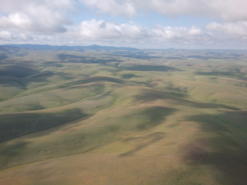
Columbia Plateau
The Columbia Plateau ecoregion was shaped by cataclysmic floods and large deposits of wind-borne silt and sand earlier in its geological history. It is dominated by a rolling landscape of arid lowlands dissected by several important rivers, and extends from the eastern slopes of the Cascades Mountains, south and east from the Columbia River to the Blue Mountains.
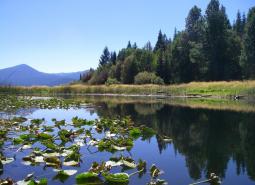
East Cascades
The East Cascade ecoregion extends from the Cascade Mountains’ summit east to the warmer, drier high desert and down the length of the state. This ecoregion varies dramatically from its cool, moist border with the West Cascades ecoregion to its dry eastern border, where it meets sagebrush desert landscapes.

West Cascades
The West Cascades ecoregion extends from east of the Cascade Mountains summit to the foothills of the Willamette, Umpqua, and Rogue Valleys, and spans the entire length of the state of Oregon. It is largely dominated by conifer forests, moving into alpine parklands and dwarf shrubs at higher elevations.
Strategy Habitats
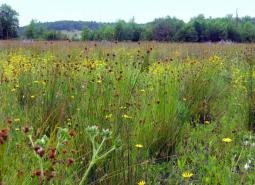
Grasslands
Grasslands include a variety of upland grass-dominated habitats, such as upland prairies, coastal bluffs, and montane grasslands.
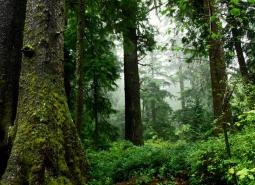
Late Successional Mixed Conifer Forests
Late successional mixed conifer forests provide a multi-layered tree canopy, including large-diameter trees, shade-tolerant tree species in the understory, and a high volume of dead wood, such as snags and logs.
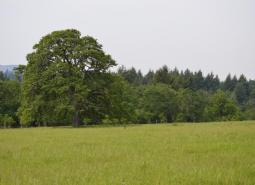
Oak Woodlands
Oak woodlands are characterized by an open canopy dominated by Oregon white oak.
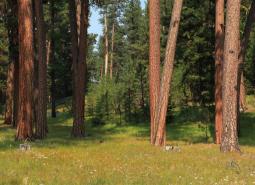
Ponderosa Pine Woodlands
Ponderosa pine woodlands are dominated by ponderosa pine, but may also have lodgepole pine, western juniper, aspen, western larch, grand fir, Douglas-fir, mountain mahogany, incense cedar, sugar pine, or white fir, depending on ecoregion and site conditions. Their understories are variable combinations of shrubs, herbaceous plants, and grasses.

Flowing Water and Riparian Habitats
Flowing Water and Riparian Habitats include all naturally occurring flowing freshwater streams and rivers throughout Oregon as well as the adjacent riparian habitat.

Sagebrush Habitats
Sagebrush habitats include all sagebrush steppe- and shrubland-dominated communities found east of the Cascade Mountains.

Wetlands
Wetlands are covered with water during all or part of the year. Permanently wet habitats include backwater sloughs, oxbow lakes, and marshes, while seasonally wet habitats include seasonal ponds, vernal pools, and wet prairies.
Strategy Species

Pacific Marten (Observed)
Martes caurina
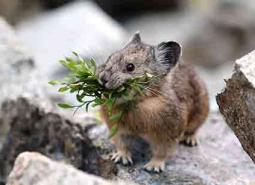
American Pika (Modeled Habitat)
Ochotona princeps
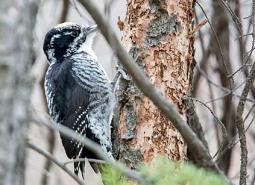
American Three-toed Woodpecker (Observed)
Picoides dorsalis
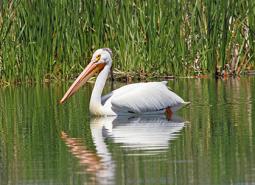
American White Pelican (Observed)
Pelecanus erythrorhynchos

Black-backed Woodpecker (Observed)
Picoides arcticus
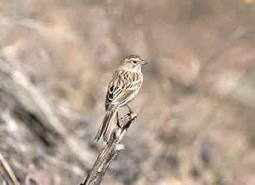
Brewer’s Sparrow (Modeled Habitat)
Spizella breweri breweri
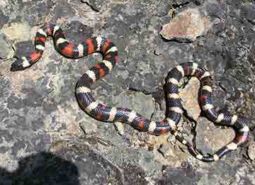
California Mountain Kingsnake (Observed)
Lampropeltis zonata

California Myotis (Observed)
Myotis californicus

Cascade Torrent Salamander (Modeled Habitat)
Rhyacotriton cascadae
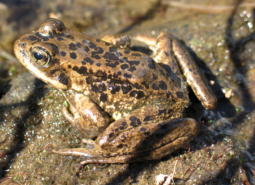
Cascades Frog (Observed)
Rana cascadae
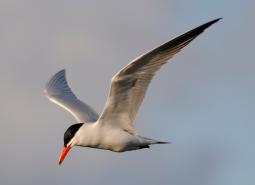
Caspian Tern (Observed)
Hydroprogne caspia

Chinook Salmon (Documented)
Oncorhynchus tshawytscha
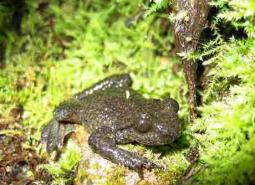
Coastal Tailed Frog (Modeled Habitat)
Ascaphus truei
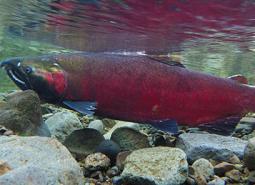
Coho Salmon (Documented)
Oncorhynchus kisutch
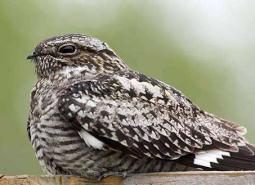
Common Nighthawk (Modeled Habitat)
Chordeiles minor

Cope’s Giant Salamander (Observed)
Dicamptodon copei
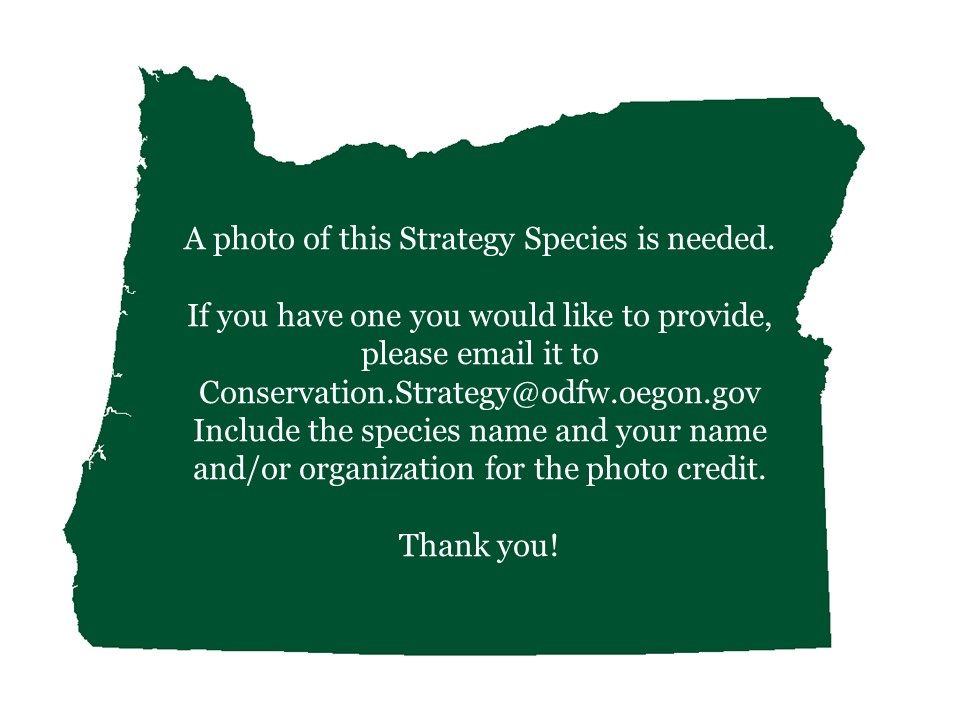
Crater Lake Tightcoil (Observed)
Pristiloma crateris

Ferruginous Hawk (Observed)
Buteo regalis
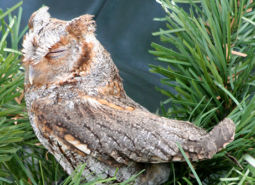
Flammulated Owl (Observed)
Psiloscops flammeolus

Grasshopper Sparrow (Observed)
Ammodramus savannarum perpallidus

Great Basin Redband Trout (Documented)
Oncorhynchus mykiss newberrii

Great Gray Owl (Observed)
Strix nebulosa
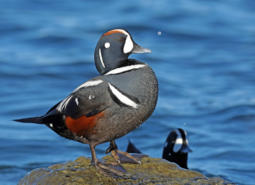
Harlequin Duck (Modeled Habitat)
Histrionicus histrionicus
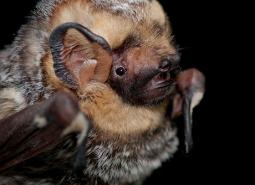
Hoary Bat (Observed)
Lasiurus cinereus
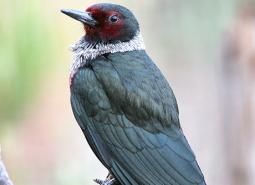
Lewis’s Woodpecker (Observed)
Melanerpes lewis

Loggerhead Shrike (Observed)
Lanius ludovicianus
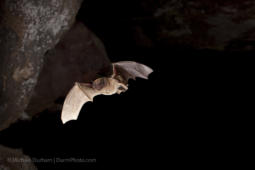
Long-legged Myotis (Observed)
Myotis volans
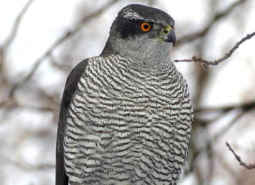
Northern Goshawk (Observed)
Accipiter gentilis atricapillus
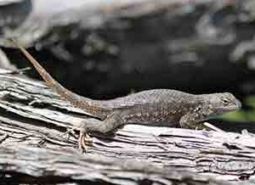
Northern Sagebrush Lizard (Modeled Habitat)
Sceloporus graciosus graciosus
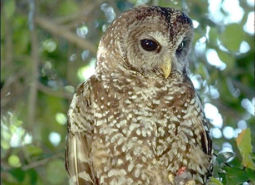
Northern Spotted Owl (Observed)
Strix occidentalis caurina
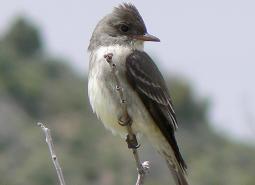
Olive-sided Flycatcher (Observed)
Contopus cooperi

Oregon Slender Salamander (Observed)
Batrachoseps wrighti
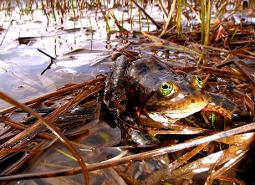
Oregon Spotted Frog (Observed)
Rana pretiosa

Pallid Bat (Observed)
Antrozous pallidus

Red-necked Grebe (Observed)
Podiceps grisegena

Silver-haired Bat (Observed)
Lasionycteris noctivagans

Steelhead / Rainbow / Redband Trout (Documented)
Oncorhynchus mykiss ssp
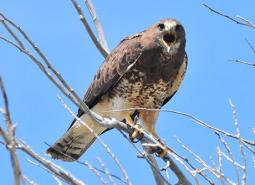
Swainson’s Hawk (Observed)
Buteo swainsoni

Townsend’s Big-eared Bat (Observed)
Corynorhinus townsendii

Trumpeter Swan (Observed)
Cygnus buccinator
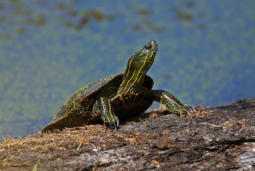
Western Painted Turtle (Modeled Habitat)
Chrysemys picta bellii

Northwestern Pond Turtle (Observed)
Actinemys marmorata
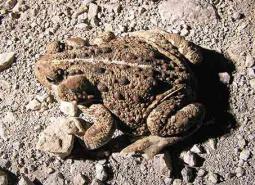
Western Toad (Modeled Habitat)
Anaxyrus boreas
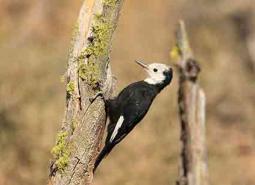
White-headed Woodpecker (Observed)
Picoides albolarvatus